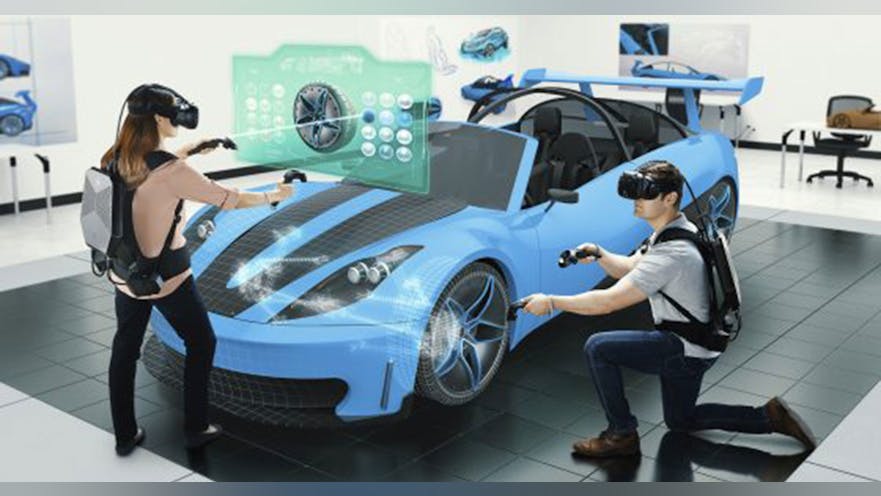Immersive virtual reality has been promised for a long time, and it’s made great leaps forward in the last few years. It first appeared in various forms throughout the 20th century, most visibly in science-fiction movies that posed the question: if we can escape to a virtual world, should we?
It’s the premise of Steven Spielberg’s latest futuristic popcorn romp, Ready Player One, and it’s a question manufacturing leadership should ask themselves.
Between the flashes of pop culture references and kinetic CGI battles, the question does sort of get answered in the movie. VR, like any tech, is not inherently good or bad; it all depends on how it’s used and how often. Unless you’re as cartoonishly evil as the CEO from the flick, we doubt your implementation of VR would be “bad,” but it could be unnecessary.
Strong industrial use cases exist right now for design and engineering, with CAD files and blueprints jumping off the screen (or you jumping into the screen) for you to manipulate. We are merely at the pioneer stage of exploring the new digital frontier, though, with a whole lot more to discover and invent. Here’s a quick rundown of where we’ve been and where we are now, which should give you an idea of what VR cases you should get a closer look.









